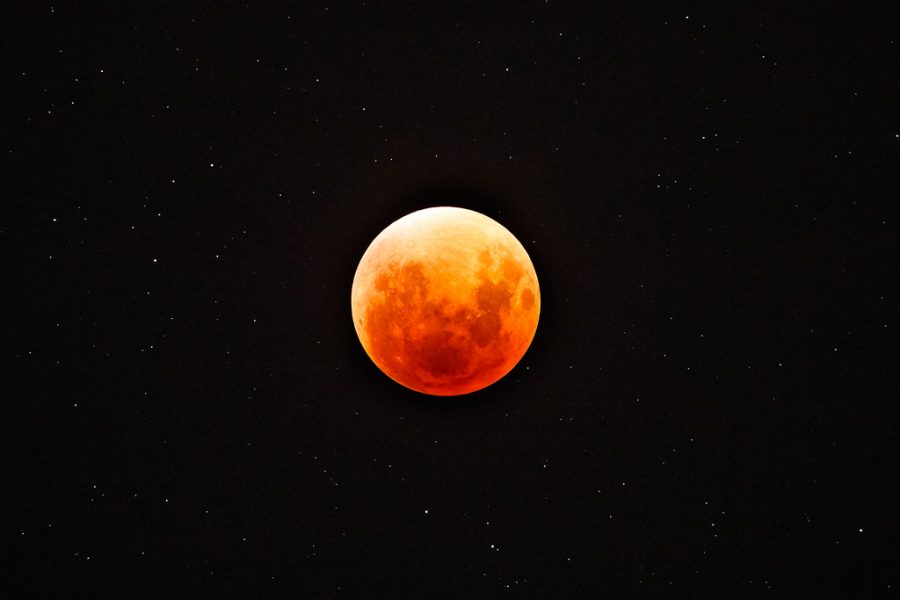Lunar Eclipse: What Is It?
Source: carsten frenzl
“Super Blood Moon” by cfaobam is licensed with CC BY-NC 2.0. To view a copy of this license, visit https://creativecommons.org/licenses/by-nc/2.0/
What is a Lunar Eclipse?
A Lunar Eclipse, also known as a Flower Blood Moon, Blood Moon, or Red Moon, is when the Earth is blocking all light from the Sun, making the Moon full of red instead of darkness. Total Lunar Eclipses last around 15 minutes, exactly 2x longer than a Solar Eclipse. The sunlight creates the red color associated with the Blood Moon from the Earth’s atmosphere hitting the Moon.
Types of Lunar Eclipses
There are three different types of Lunar Eclipses, penumbral, partial, and total. A penumbral eclipse is when the Moon is in the “Penumbra shadow,” but it just misses the “Umbra shadow,” which is Earth’s darkest shadow. A partial eclipse is when the Moon is partially in the Umbra cone. Finally, Total Lunar Eclipse is when the Moon is fully inside the Umbra cone, which gives the Moon a red color.
History And Most Recent Lunar Eclipse
In history, a Blood Moon was iconic for fear because people wouldn’t know how the Moon suddenly turns red one night and would be associated with something supernatural because of the lack of knowledge. The latest Lunar Eclipse happened on May 28, 2021, and it was a Super Blood Moon. The best viewing area to watch the Lunar Eclipse was around the Pacific Ocean, including Hawaii, Australia, Alaska, east of Asia, and west of North America.
RELATED ARTICLES:
Lunar eclipses: What are they & when is the next one?















